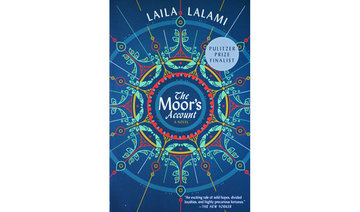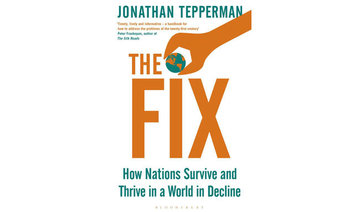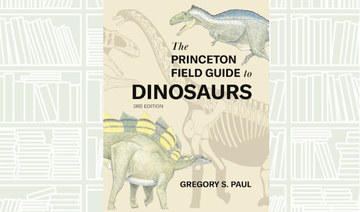In 1600 when the East India Co. was established, Britain accounted for only 1.8 percent of the world’s GDP while India was generating some 23 percent. By 1940, Britain was producing nearly 10 percent of global gross domestic product (GDP) and after the British had left, India’s GDP stood at 4 percent. How did one of the wealthiest countries turn into one of the poorest and most backward in the world? “Inglorious Empire” gives a scathing account of what the British really did to India.
This brilliant reassessment of the Raj began, in fact, as a debate. At the end of May 2015 Shashi Tharoor was invited by the Oxford Union to speak on the subject “Britain Owes Reparation to Her Former Colonies.” In early July, the debate was posted on the web and Tharoor tweeted a link to it, which went viral.
“The fact that my speech struck a chord with so many listeners suggested that what I considered basic was unfamiliar to many, perhaps most, educated Indians. They reacted as if I had opened their eyes, instead of merely reiterating what they already knew,” Tharoor said.
Without any apology, the author tackles the true story of the Raj: The looting of India. India’s gradually dwindling share of the world’s economy begins when the East India Co. was incorporated by royal charter from Her Majesty Queen Elizabeth I in 1600 to trade in silk, spices and other commodities. The charter also gave it the right to “wage war” in pursuit of its aims. What started as a business venture turned into a deliberate and systematic conquest of the subcontinent: Forts protected trading posts and armies replaced merchants.
The East India Co. benefited from the unlimited help of the British government in the fulfillment of its economic goals. Indian textiles were so cheap that British manufacturers that were unable to compete wanted to eradicate them. The destruction of India’s thriving manufacturing textile industries fueled Britain’s successful Industrial Revolution.
Up to the beginning of the 18th century, India’s share of the global trade in textiles was 25 percent. By 1830 the situation was reversed, British exports of textiles to India amounted to 60 million yards of cotton. In 1858, this number had soared to 968 million. The loss of jobs drove masses of Indians to search for work in agriculture. This affected rural wages.
“In many rural families, women had spun and woven at home while their men tilled the fields; suddenly both were affected, and if weather or drought reduced their agricultural work, there was no back-up source of income from cloth. Rural poverty was a direct result of British actions,” said Tharoor.
Beside the deindustrialization of India, the British extracted taxes. Between 1765 and 1815, India paid approximately £18 million each year. In a letter written by the French ambassador in London in 1768, he said: “There are few kings in Europe richer than the director of the English East India Co.”
Taxes amounted to at least 50 percent of the income. Defaulters were thrown into cages, and left in the scorching sun. Many fathers had to sell their children to pay the taxes and those who did not were tortured and their lands confiscated.
Thus, huge fortunes were made. Robert Clive, who won the decisive battle that sealed British rule in India, returned to Britain with £234,000, which is the equivalent in today’s money of many millions. On his second trip to India, he took back £400,000 (£40 million today).
In addition, a lot of money was made from Indian diamonds. Thomas Pitt, the governor of Madras, was the first East India Co. employee to bring back a diamond. He acquired a 400-karat gem for £24,000. The diamond bought the Pitt family wealth and prestige. Thomas’ grandson, William Pitt, the 1st Earl of Chatham, became prime minister as well as his own son, William Pitt, “the Younger.”
In 1857, the British were deeply concerned when they saw Hindu and Muslim soldiers fighting together as they pledged alliance to the weak Mughal monarch. They immediately decided that the most effective way to ensure the security and success of the British Empire was to divide the two groups. Two years later, Lord Elphinstone, the British governor of Bombay, claimed that “’Divide et Impera’ was the old Roman maxim, and it should be ours.”
There are many stories, which show the cooperation between Hindu and Muslim communities in pre-colonial times. The colonial interpretation of Indian history, which gave a restricted role to the Muslims, is undeniably responsible for the two-nation theory that eventually led to the creation of the states of India and Pakistan. Tharoor clearly believes that the creation and perpetuation of Hindu-Muslim antagonism was the most significant accomplishment of British imperial policy and it culminated in the horrors of partition.
“No greater indictment of the failures of British rule in India can be found than the tragic manner of its ending,” wrote Tharoor.
Will Durant, a young historian who was in India in 1930 to write the 11th volume of “The Story of Civilization,” was so shocked by Britain’s “conscious and deliberate bleeding of India” that he postponed his original project to denounce the “greatest crime in all history” in the book, “The Case for India.”
Tharoor quotes Durant’s thoughts about the causes of the frequent famines: “Behind all these as the fundamental source of the terrible famines in India, lies such merciless exploitation, such unbalanced exportation of goods, and such brutal collection of high taxes in the very midst of famine, that the starving peasants cannot pay what is asked for.”
Another terrible event known as the Jallianwala Bagh Massacre had long-lasting repercussions in the Indian political conscience. Unaware of a proclamation issued by Brig. Reginald Dyer, which forbade demonstrations or even gathering in groups, some 15,000 people gathered in a walled garden, Jallianwala Bagh, in Amritsar to celebrate a spring festival.
When Dyer was informed of the meeting, he proceeded immediately to the site and instead of organizing the crowd’s peaceful retreat, he ordered his troops to open fire on unarmed civilians. Men, women and children were trapped inside the garden with nowhere to go. The soldiers were told to fire until their ammunition was exhausted. When the last bullet was fired, 379 people (according to official sources) had been killed and 1,137 wounded. Dyer’s actions represented the evil system he was serving. It came to symbolize the worst that colonialism could become “and by letting it occur,” said Tharoor, “the British crossed that point of no return…The Massacre…turned loyalists into nationalists and constitutionalists into agitators, and led the Nobel Prize-winning poet Rabindranath Tagore to return his knighthood to the king.”
• [email protected]
Book Review: ‘Inglorious Empire’ tackles the little-known rape of India’s economy and how it set the stage for today’s Hindu-Muslim divisions
Book Review: ‘Inglorious Empire’ tackles the little-known rape of India’s economy and how it set the stage for today’s Hindu-Muslim divisions

What We Are Reading Today: ‘Experiments of the Mind’
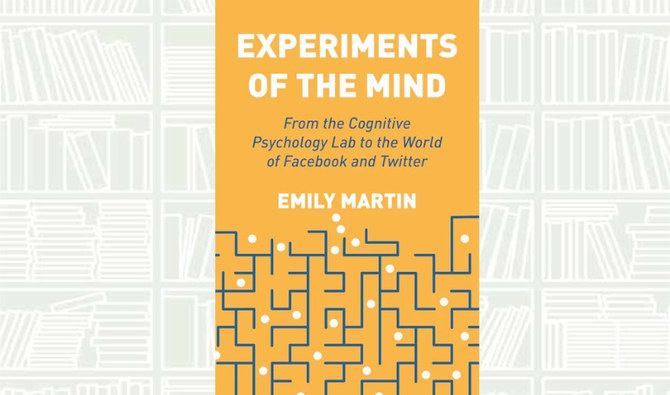
Author: EMILY MARTIN
Experimental cognitive psychology research is a hidden force in our online lives. We engage with it, often unknowingly, whenever we download a health app, complete a Facebook quiz, or rate our latest purchase.
How did experimental psychology come to play an outsized role in these developments? “Experiments of the Mind” considers this question through a look at cognitive psychology laboratories. Emily Martin traces how psychological research methods evolved, escaped the boundaries of the discipline, and infiltrated social media and our digital universe.
What We Are Reading Today: ‘Quantitative Biosciences Companion in Python’
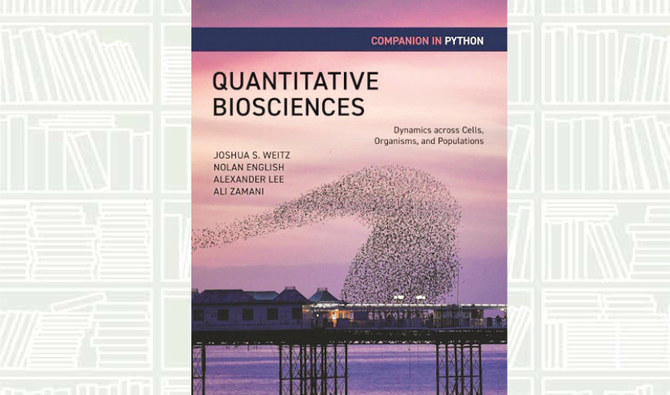
Authors: JOSHUA S. WEITZ, NOLAN ENGLISH, ALEXANDER LEE, AND ALI ZAMANI
This lab guide accompanies the textbook “Quantitative Biosciences,” providing students with the skills they need to translate biological principles and mathematical concepts into computational models of living systems.
This hands-on guide uses a case study approach organized around central questions in the life sciences, introducing landmark advances in the field while teaching students—whether from the life sciences, physics, computational sciences, engineering, or mathematics—how to reason quantitatively in the face of uncertainty.
What We Are Reading Today: Heart of Darkness: Unraveling the Mysteries of the Invisible Universe
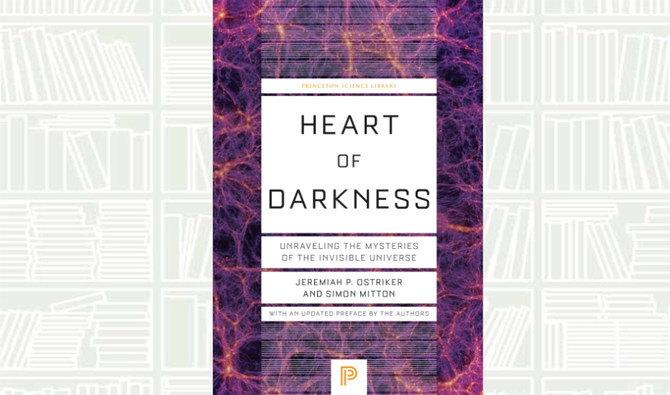
- The story of how evidence for the so-called “Lambda-Cold Dark Matter” model of cosmology has been gathered by generations of scientists throughout the world is told here by one of the pioneers of the field, Jeremiah Ostriker, and his coauthor Simon Mitton
Authors: Jeramiah P. Ostriker and Simmon Mitton
Heart of Darkness describes the incredible saga of humankind’s quest to unravel the deepest secrets of the universe. Over the past 40 years, scientists have learned that two little-understood components—dark matter and dark energy—comprise most of the known cosmos, explain the growth of all cosmic structure, and hold the key to the universe’s fate.
The story of how evidence for the so-called “Lambda-Cold Dark Matter” model of cosmology has been gathered by generations of scientists throughout the world is told here by one of the pioneers of the field, Jeremiah Ostriker, and his coauthor Simon Mitton.
From humankind’s early attempts to comprehend Earth’s place in the solar system, to astronomers’ exploration of the Milky Way galaxy and the realm of the nebulae beyond, to the detection of the primordial fluctuations of energy from which all subsequent structure developed, this book explains the physics and the history of how the current model of our universe arose and has passed every test hurled at it by the skeptics.
This monumental puzzle is far from complete, however, as scientists confront the mysteries of the ultimate causes of cosmic structure formation and the real nature and origin of dark matter and dark energy.
What We Are Reading Today: ‘A Natural History of Shells’ by Geerat Vermeij

Geerat Vermeij wrote this “celebration of shells” to share his enthusiasm for these supremely elegant creations and what they can teach us about nature.
Most popular books on shells emphasize the identification of species, but Vermeij uses shells as a way to explore major ideas in biology.
How are shells built? How do they work? And how did they evolve?
With lucidity and charm, the MacArthur-winning evolutionary biologist reveals how shells give us insights into the lives of animals today and in the distant geological past.
What We Are Reading Today: The Princeton Field Guide to Dinosaurs

Author: Gregory S. Paul
The bestselling “Princeton Field Guide to Dinosaurs” remains the must-have book for anyone who loves dinosaurs, from amateur enthusiasts to professional paleontologists. Now extensively revised and expanded, this dazzlingly illustrated large-format edition features nearly 100 new dinosaur species and hundreds of new and updated illustrations, bringing readers up to the minute on the latest discoveries and research that are radically transforming what we know about dinosaurs and their world.



